A review of “Clyde Reflections,” an art film by Stephen Hurrel and Ruth Brennan, on exhibition at the Gallery of Modern Art in Glasgow, Scotland.
The west coast of Scotland has been known to enchant, with its rough coastal edges, intricately carved islands, charming towns, and an aquatic landscape that is as often tranquil as it is a testament to the brute force of the natural elements. The Firth of Clyde, located on Scotland’s west coast, is one of the UK’s deepest bodies of coastal waters and encapsulates layers of geologic, natural, and social histories. Trailing off as a spindly leg of the firth, the River Clyde flows through to Glasgow and has been an essential waterway for Scotland’s industries and cultural heritage.
Geographically, distinctions between the Firth of Clyde and the River Clyde remain vague; understandably, the tidal nature of these bodies of water leads to a constant ebb and flow, inextricably linking city to sea. On cue, any Glaswegian will recite “Glasgow made the Clyde and the Clyde made Glasgow”, not only referring to the visual prominence of the waterway and the importance of the river to the city’s many industries, but also to the clear influence of industrialization on the tributary.
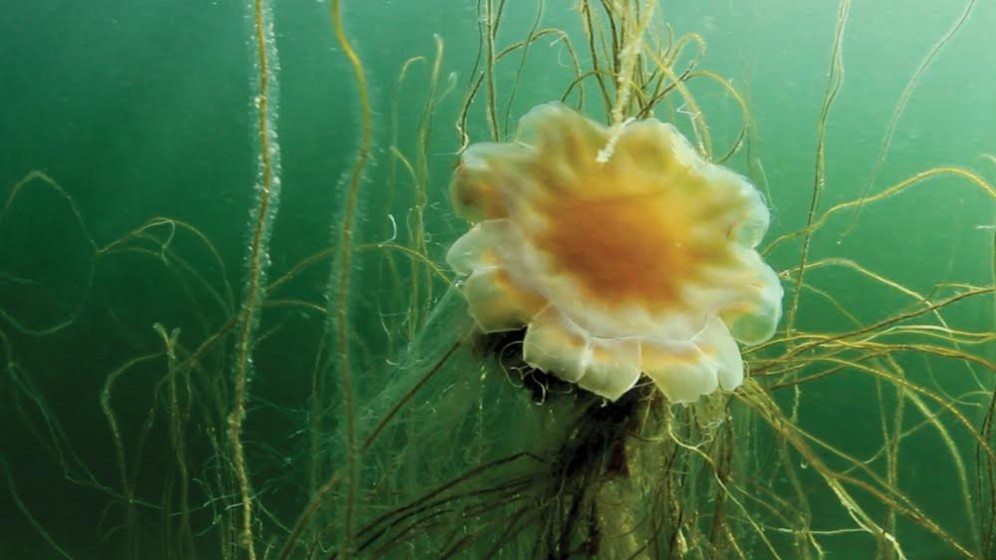
Once abundant with herring, cod, ling, and turbot, the Firth of Clyde is now an aquatic desert. When considered alongside the historic fishing heritage that can be traced back many generations, the current state of the Firth of Clyde is a complex and nuanced case for the conservation and regeneration of the ecologies in this area.
Clyde Reflections is a 33-minute film, the product of a collaboration between artist Stephen Hurrel and social ecologist Ruth Brennan. Hurrel and Brennan began their partnership after an art-science expedition with Cape Farewell to the Outer Hebrides; during this trip, it became clear to the pair that they shared a similar way of working and an interest in the natural environment. Publications and cultural maps were some of their first collaborative outputs, with the idea for the film following shortly after.
By sharing multiple narratives of those who live or work within the Firth of Clyde, Clyde Reflections encompasses the many perspectives that continue to shape the discussion surrounding this body of water and, implicitly, the voice of the Firth itself. The film premiered at Centre for Contemporary Arts Glasgow in September 2014 and was most recently shown as an immersive installation at the Gallery of Modern Art (GoMA) in Glasgow from May 29th to July 5th 2015 as part of the gallery’s Moving Image Season.
Commissioned by Imagining Natural Scotland and Creative Scotland, the film frames responses to what is considered ‘natural’ and ‘not natural’ in this region, defying notions of untouched tranquility that the surface appearance of the firth may convey in its current state. Delving below the surface, both symbolically and metaphorically, the film exposes a more complex story of heritage, the human relationship to the water, and uncertainty about the future of the Firth. Clyde Reflections includes a mix of underwater and above-water footage and is equally meditative in both instances. The rhythm of voice-overs and music provides further content for viewers to dwell on, with more layers revealing themselves on multiple viewings.
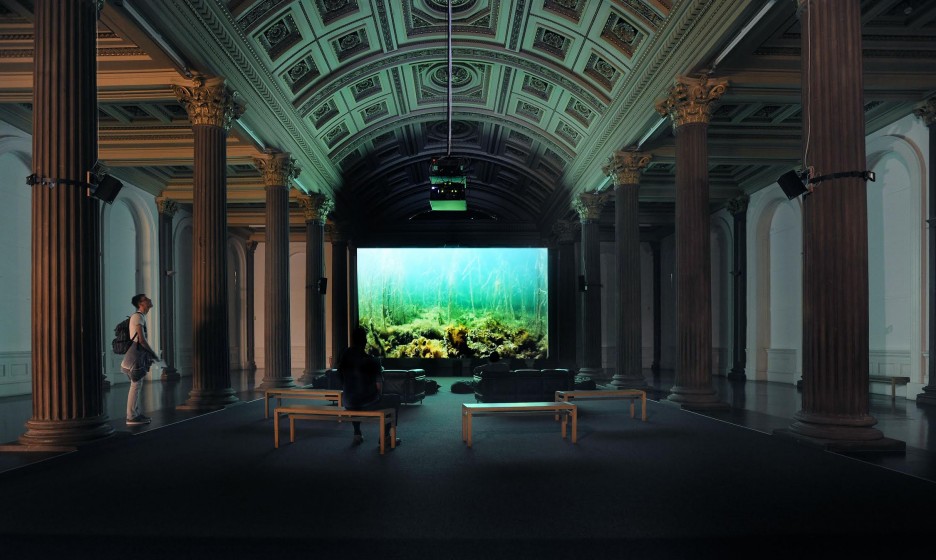
With enchanting visuals reminiscent of a Jacques Cousteau film, Clyde Reflections reminds us just how unfamiliar and somewhat extraterrestrial the underwater marine environment remains to our everyday lives. The humble and realistic tone provided by the interview clips prevents the film from becoming too idealistic—many of the interviewees are willing to admit the lack of certainty that they have in response to questions of conservation, ecological balance, and the human impact on this body of water. This realness offers viewers the chance to form their own thoughts or accept their own hesitations, rather than forcing a singular or superficial solution, as is often the effect imposed through the ‘do-gooder’ tone used in many conservationist films and projects.
Ruth Brennan describes her perspective in approaching this project as such: people and nature are an intertwined system, and we too often have removed ourselves from what we consider to be ‘natural’. This is a concept that is reiterated within the patterns and perceptions of urban settlement suggested in the film—we’ve built a separation, physically, between nature and ourselves by aiming to construct commercially dense cities that are frequently devoid of biodiverse green spaces or accessible connections to existing environmental systems. This is also reflected in the connotations of ‘Nature’ as being located elsewhere, far away from the urban existence. However, as provoked in Clyde Reflections, this paradigm is shifting and increasingly being called into question. Despite the uncertainty that is instigated when considering ourselves as part of a natural ecological system, beginning to dissolve this barrier between human and nature will play an increasingly important role in the future of conservation, urban ecology, and the application of environmental theory.
Clyde Reflections aims to embody the complexities of human-nature relationships; its screening within the urban context of GoMA provides a much-needed interjection of a meditative space that challenges preconceptions of the human-nature relationship into the normal patterns of city life. The presence of the River Clyde within the everyday lives of many Glasgow residents has sometimes been forgotten, as the waterway has frequently been identified solely as a means of economic growth and industrialization. However, interest in the river has seen a recent reemergence, partially due to the work of artists and creatives who are searching for a deeper connection to place and context within the city. This new energy marks a turning point towards a more holistic systems-thinking approach to our immediate ecologies and the human role within them.
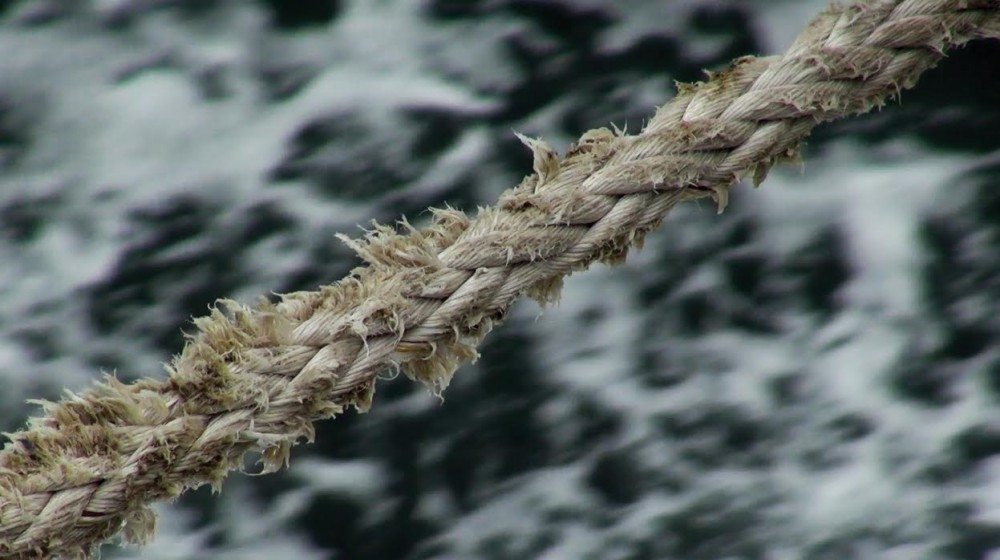
While Clyde Reflections does not provide an immediate solution to address issues of natural resource degradation, it does provide a significant and potent opportunity for viewers to reflect on their own part in a puzzle that continues to grow exponentially in its complexity and connectivity. There is crucial importance in bringing this experience to an urban city center; in exploring the relationship between humans and nature, we must question how conservationist and ecological concepts affect the places where critical masses of humans reside. The viewer is reminded of this interconnectivity multiple times within the film through references to industry and a brief anecdote addressing the horror of microplastic particles within the firth. Industrial production and its effects on hydrological environments are a global chain in which we are all connected, and the space, pace, and nearly hypnotic nature of Clyde Reflections reminds us of this.
Clyde Reflections remains loyal to the idea of complexity and connectivity, never offering a single narrative in revealing this contested and sensitive marine environment. The window to marine ecology provided by this film engenders mindfulness towards the effects of human actions and habits instigated within the city. For this reason, the urban audience becomes an integral part of this project, providing wider engagement with the human-nature relationship expressed within the film. This engagement is critical for starting a more complete conversation about the degradation of the Firth of Clyde, and ultimately the cause-effect relationship between the human commodification of nature and the resulting deterioration of ecologies. In the case of the Clyde, only when we recognize the importance of embedding ourselves, as humans, within nature, will we truly understand the importance of balance and collaboration for the healthy coexistence of the human and natural ecologies.
Allison Palenske
Edinburgh
After the exhibition, the film can be viewed in its entirety at:
http://www.hurrelvisualarts.com/work/art-science/clydereflections/
For more about the Clyde Reflections project:
http://events.glasgowlife.org.uk/event/1/clyde-reflections


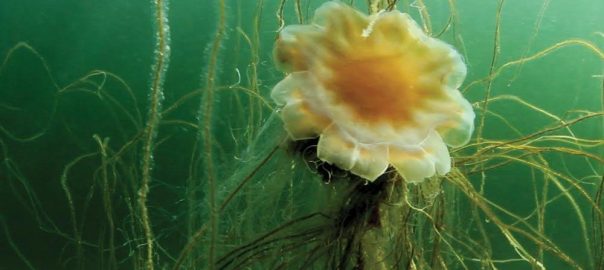
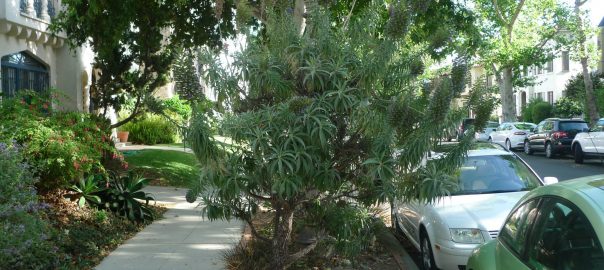
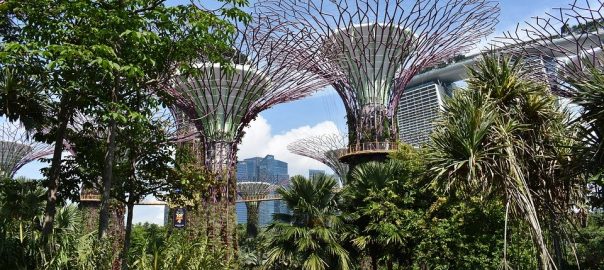

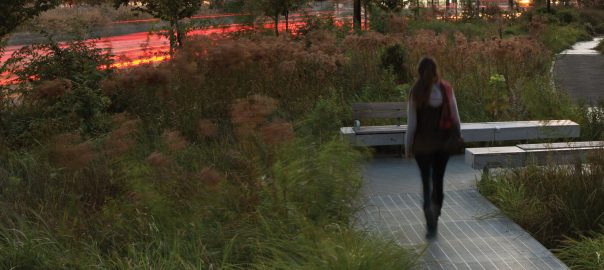
Leave a Reply